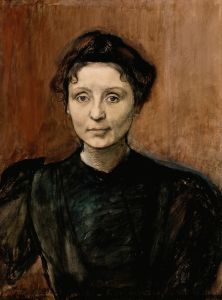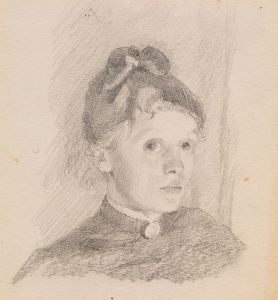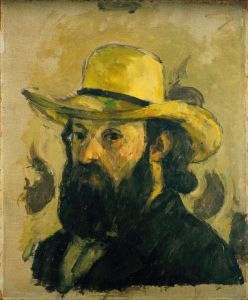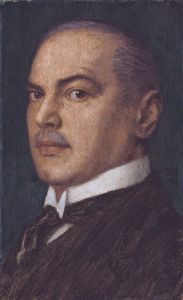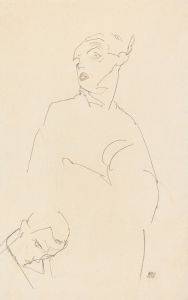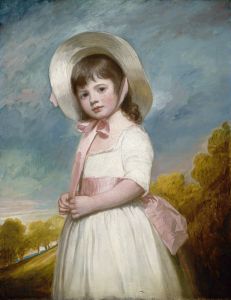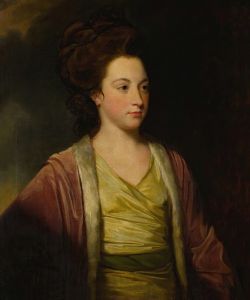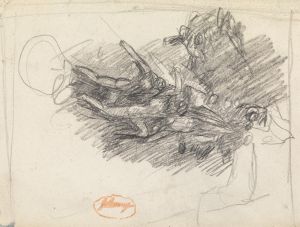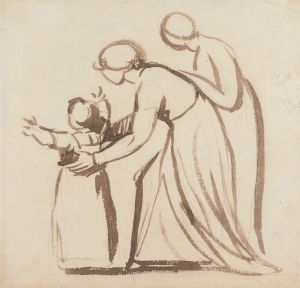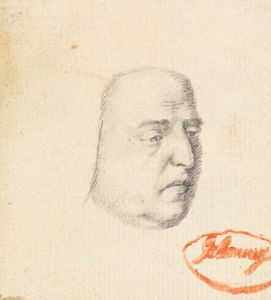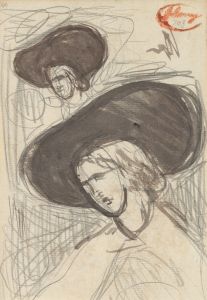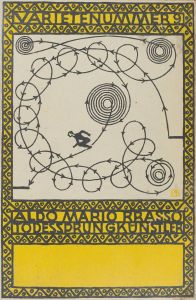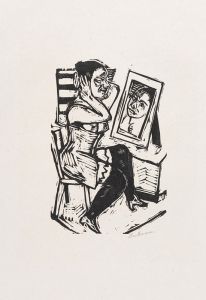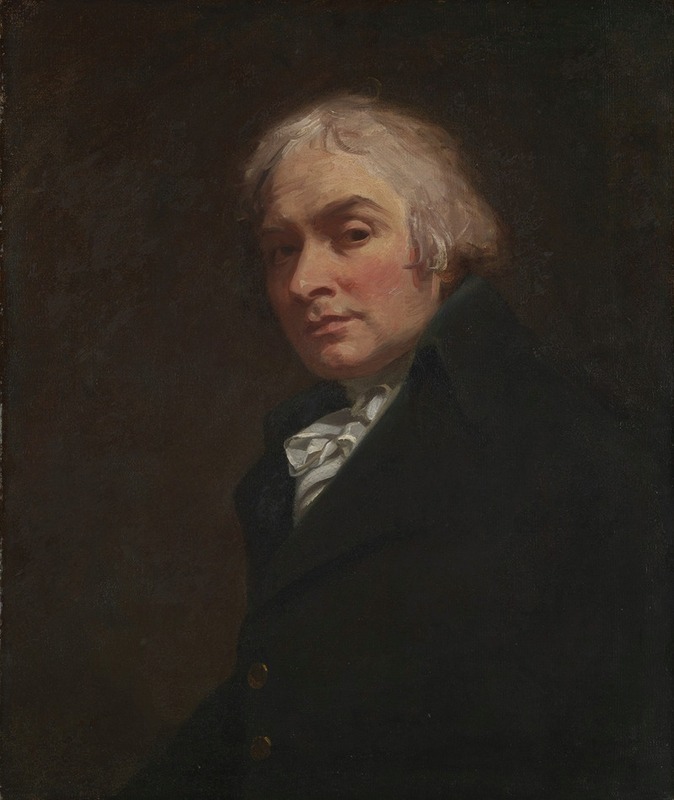
Self-Portrait
A hand-painted replica of George Romney’s masterpiece Self-Portrait, meticulously crafted by professional artists to capture the true essence of the original. Each piece is created with museum-quality canvas and rare mineral pigments, carefully painted by experienced artists with delicate brushstrokes and rich, layered colors to perfectly recreate the texture of the original artwork. Unlike machine-printed reproductions, this hand-painted version brings the painting to life, infused with the artist’s emotions and skill in every stroke. Whether for personal collection or home decoration, it instantly elevates the artistic atmosphere of any space.
George Romney (1734–1802) was a prominent English portrait painter of the late 18th century, known for his depictions of high society figures and his distinctive style that combined elegance with psychological insight. Among his works is a self-portrait, titled Self-Portrait by George Romney. This painting is one of the few self-representations created by the artist, offering a glimpse into how he viewed himself during his career.
The self-portrait is believed to have been painted around 1784, during the height of Romney's success as a portraitist. At this time, he was highly sought after by the British aristocracy and intellectual elite, including figures such as Emma Hamilton, who became one of his most famous muses. The painting depicts Romney in a contemplative pose, dressed in modest yet refined attire, reflecting his status as a respected artist. The work is executed in oil on canvas, showcasing Romney's skillful use of light and shadow to create a sense of depth and realism.
The composition of the self-portrait is straightforward, focusing on Romney's face and upper body. His expression is calm and introspective, suggesting a thoughtful and serious demeanor. The background is kept simple, drawing attention to the artist himself rather than any external elements. This simplicity aligns with the conventions of self-portraiture during the period, where the emphasis was often placed on the subject's character and profession.
Romney's self-portrait is significant not only as a representation of the artist but also as a historical artifact that provides insight into the self-perception of an 18th-century painter. Unlike some of his contemporaries, such as Sir Joshua Reynolds or Thomas Gainsborough, Romney did not actively seek membership in the Royal Academy, preferring to maintain his independence. This choice is reflected in the self-portrait, which conveys a sense of individuality and quiet confidence.
Today, Self-Portrait by George Romney is held in the collection of the National Portrait Gallery in London. It remains an important piece for understanding Romney's artistic legacy and his place within the broader context of British art history. The painting continues to be studied and appreciated for its technical excellence and its ability to convey the personality of one of England's most celebrated portrait painters.





